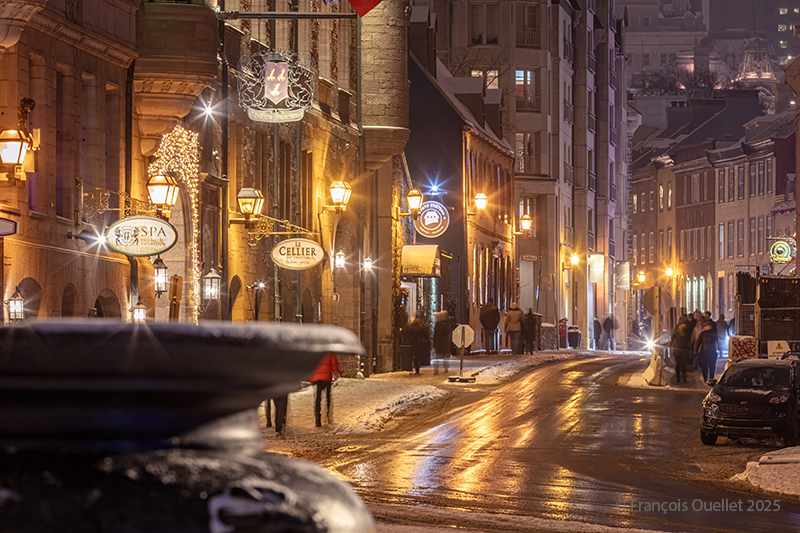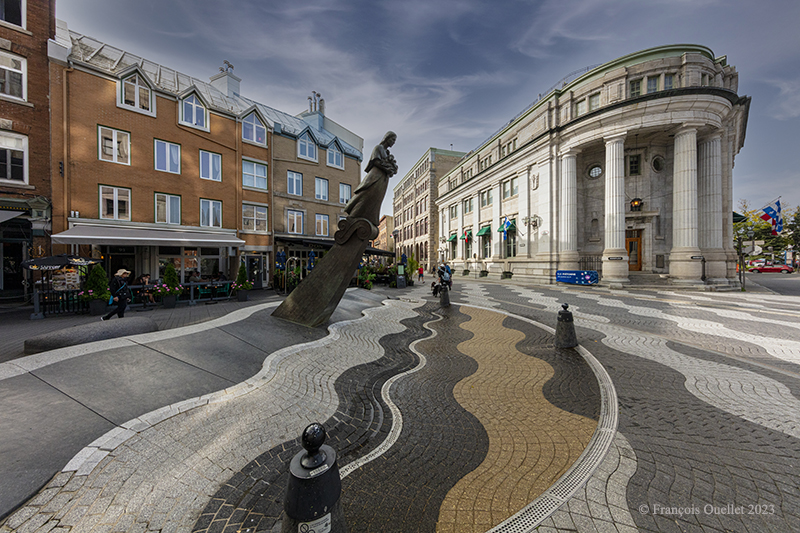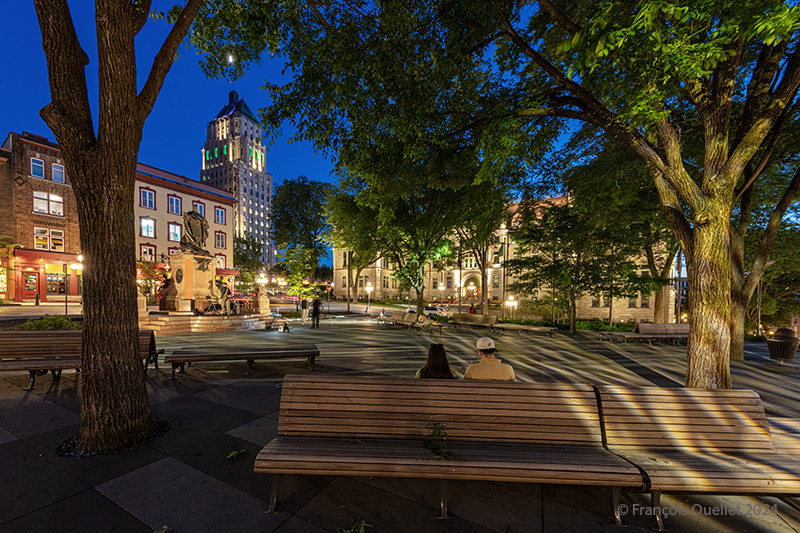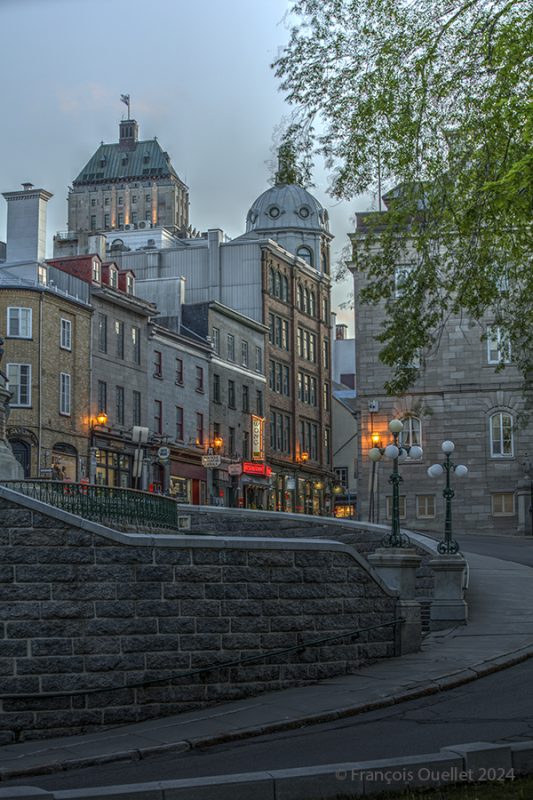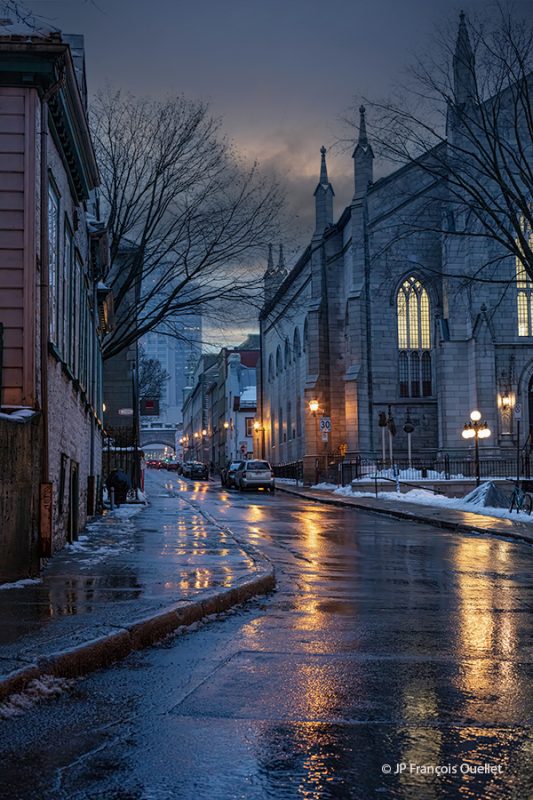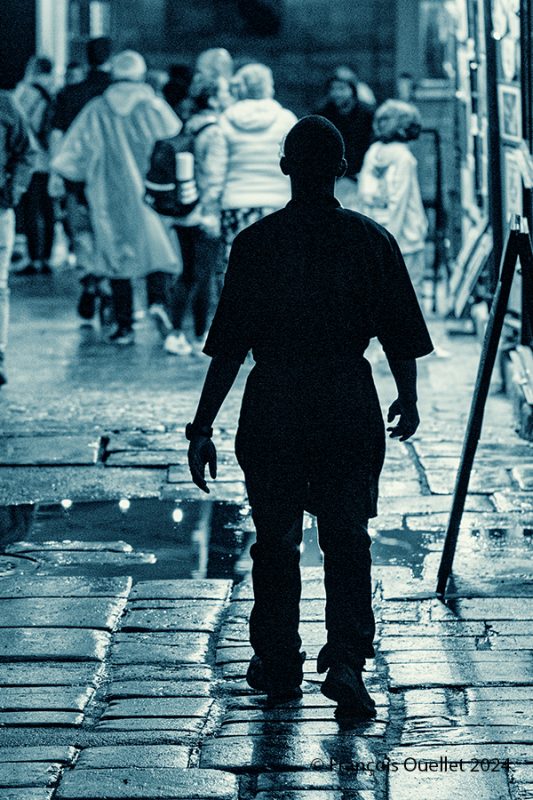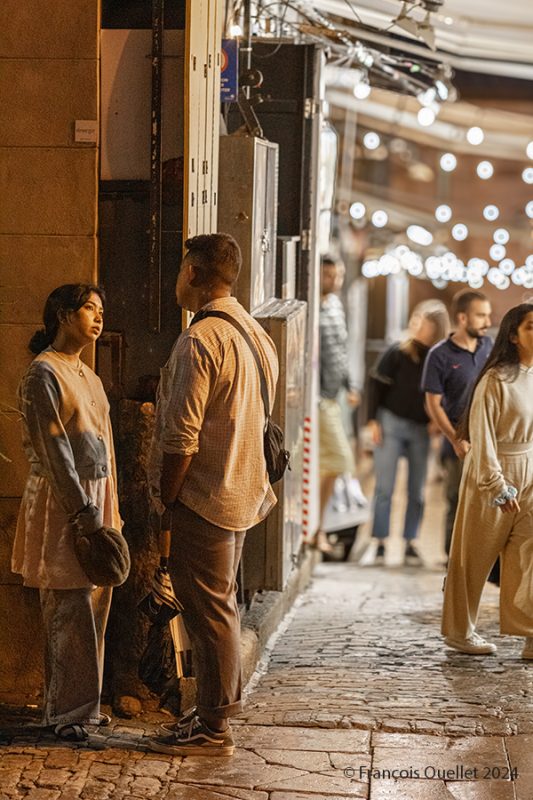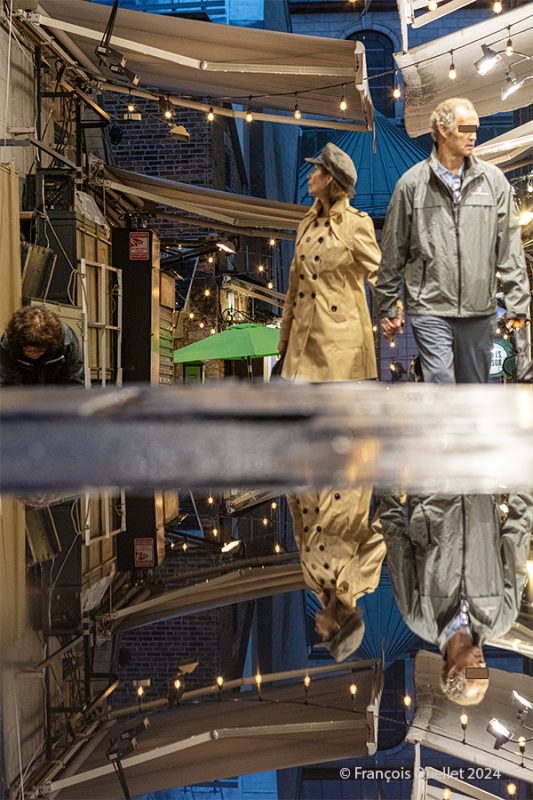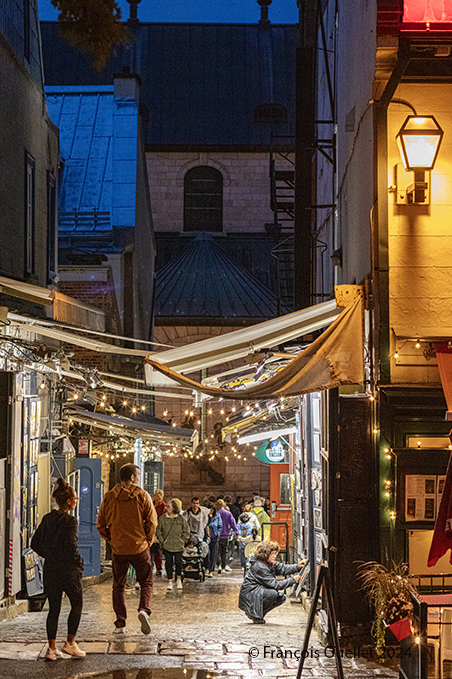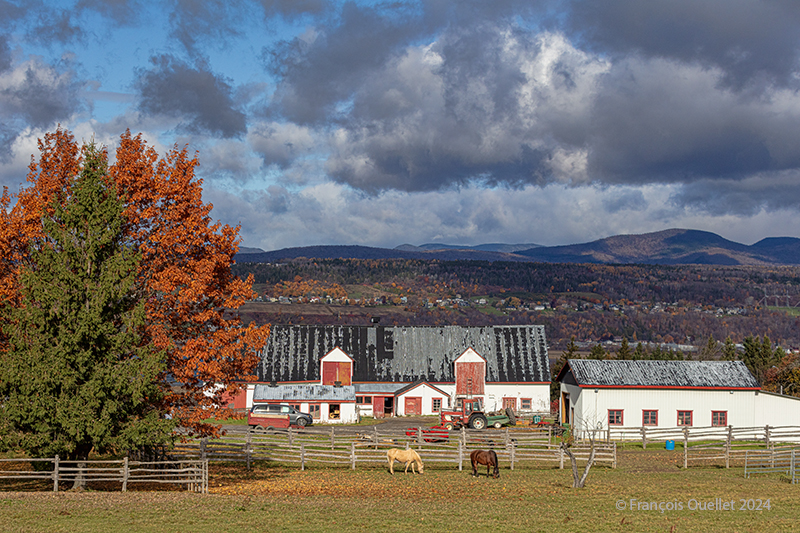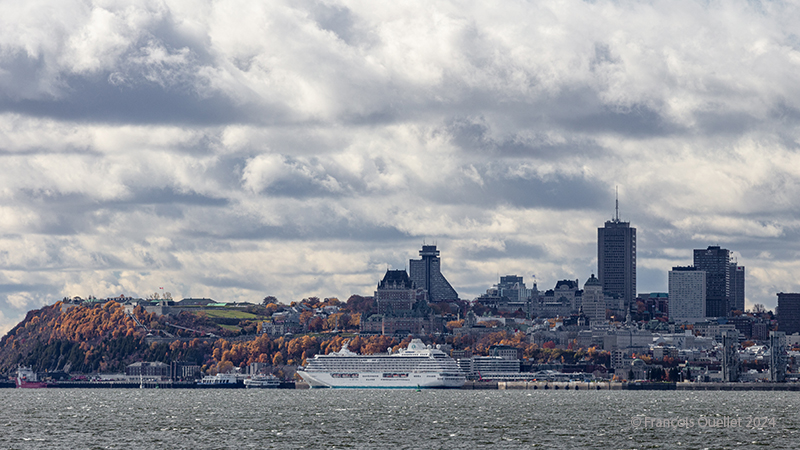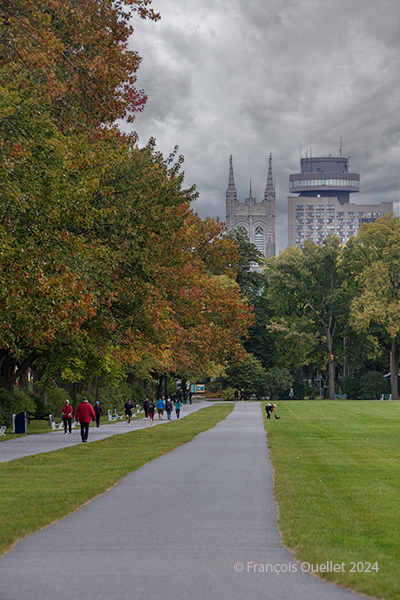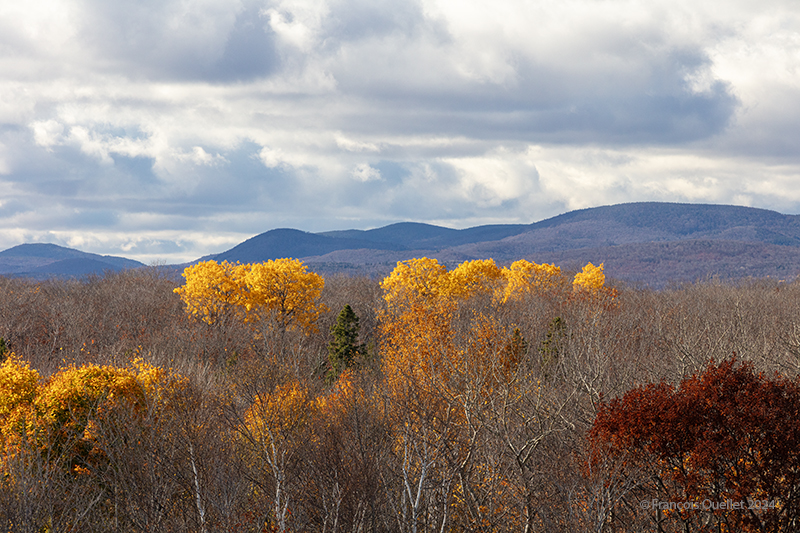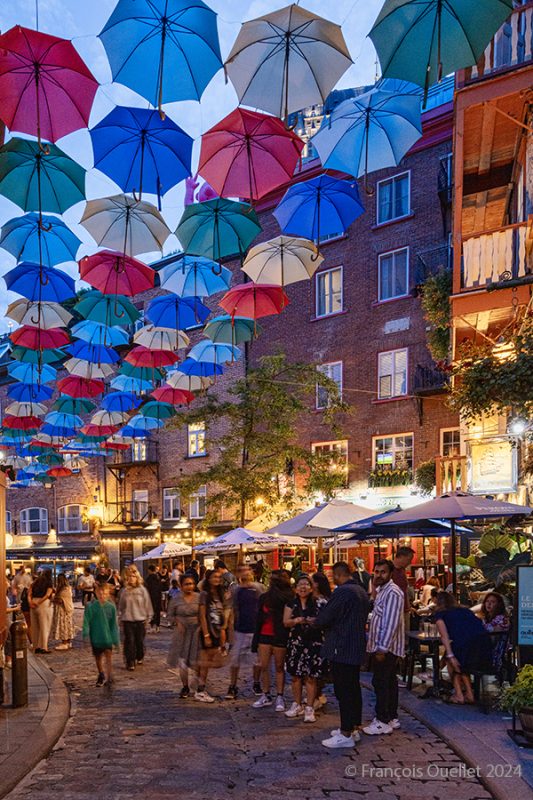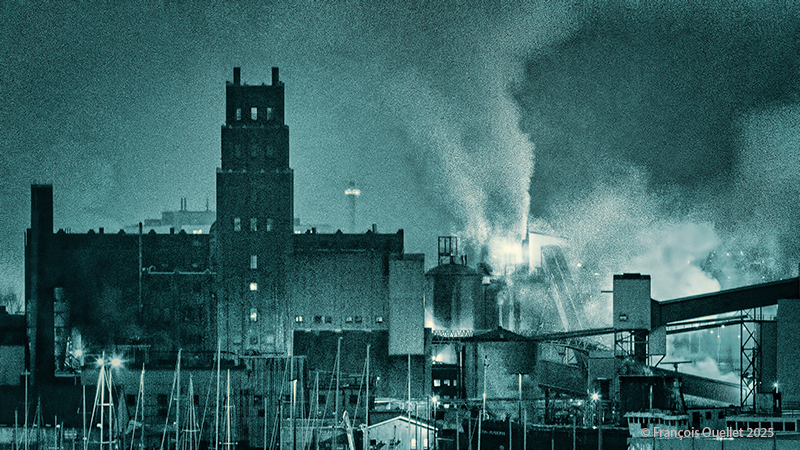
The photo above shows the White Birch Paper mill in Quebec City. I took the shot handheld with a Canon 5 dsr full-frame camera equipped with a Canon EF 85 mm f/1.2L II lens.
Here’s what artificial intelligence has to say about an industrial scene: “An industrial scene can evoke a variety of feelings, often linked to the urban environment and human activity. For some, it may inspire a feeling of power and dynamism, due to the energy and activity that prevail. Others may feel melancholy or nostalgic about the impact of industrialization on the environment and communities.
The textures, colors and shapes of industrial structures can also evoke a sense of strangeness or raw beauty. In short, the emotions that an industrial scene can generate depend largely on one’s own perspective.”
Photography theory
On the original RAW file, colors faded due to insufficient brightness, preventing the desired dramatic impact. Digital processing was the best solution to solve the problem.
I chose a single tone of steel blue to accentuate the effect of strangeness, prevent distractions of any kind and highlight the central tower, smoke columns and light contrasts around the installations.
To respect the age of the White Birch Paper buildings, I kept the digital grain fairly high. Polishing an image too much makes it look more modern, which I wanted to avoid.
Click on the link for more photos of Quebec City and Île d’Orléans in spring on my blog.
